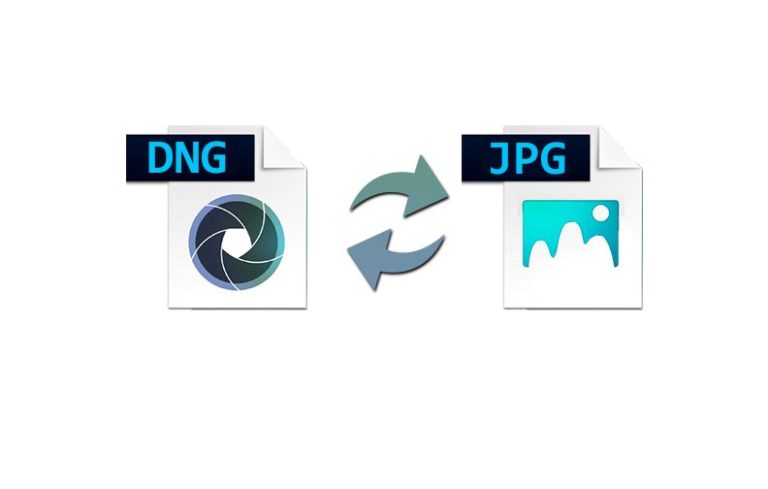Every company needs to incorporate archiving into their records management strategy as it is an integral part of any successful enterprise. Archival materials are living representations of past documents. They are useful to businesses because they record and explain past and current actions and provide justification for those actions.
Archiving is the process of collecting and storing information for future use, especially information that has historical significance or is otherwise valuable. Data protection includes not only preventing files from becoming corrupted or lost, but also organising and categorising them in a way that makes them easy to retrieve in the future. Individuals, businesses, and even governments can all benefit from the archiving process.
Document archiving refers to the process of keeping records for a long time in a secure location. The official records need to be stored in a secure location, either digitally or physically, so that they don’t get damaged or lost.
Archiving is the practise of storing data in a way that ensures its integrity and confidentiality over a long period of time. It’s a method for keeping documents indefinitely and making them accessible to the public. Finding, protecting, and updating documents that have been archived is much simpler. Failure to take necessary action will have an adverse effect on business operations.
So, what is it that archives actually do?
In search of the definition of “archive”
Archiving is the practise of safely storing data you no longer actively use for long-term storage in digital and paper formats. The act of archiving is a technique. Such data is still useful to companies, and it should be kept for the possibility of future applications.
Archiving documents helps businesses and organisations meet data retention requirements and ensure that archived information can be accessed quickly and easily. In the event of a dispute over a business activity, a contract, or a financial transaction, for example, relevant documents from the archive can be retrieved to help resolve the dispute.
Archival management goes beyond simply preserving data for future study. The importance of archives to efficient administration cannot be overstated.
Every business today deals with a substantial volume of data, and archiving is thus more important than ever. The amount of data created within companies is only expected to grow.
Data archiving refers to the process of identifying inactive data and transferring it from active production systems to inactive storage systems for long-term preservation. It’s not only essential for meeting various compliance and regulatory requirements, but it might also be useful in situations like disaster recovery and forensics.
Why do you have to keep everything?
The enormous benefits of archiving play a significant role in the success of any organisation, which is why archives are so crucial to their continued existence. Organizations that archive their data reap benefits including lowered risks of data loss, lower operating costs, better document security, greater compliance with a variety of laws and regulations, and audit and legal proof in the event of an audit or legal incident.
ArchiverFS: A Demonstration
For Windows users, Microsoft has created a new disk-to-disk file system called ArchiverFS that can be used in tandem with SkyDrive. To achieve this goal, it makes use of compressed files and employs intelligent management of overlapping file storage, both of which contribute to a decrease in fragmentation and an increase in performance. With the ArchiverFS plugin for SkyDrive, you can hand off optimization responsibilities to ArchiverFS and focus on your work while it handles automatic compression and managing the fragmentation of your files.
Currently, there are no prices associated with downloading ArchiverFS from Microsoft SkyDrive.
The question is how ArchiverFS manages to achieve its objectives
ArchiverFS is an innovative disk-to-disk file system created for SkyDrive. Whereas conventional file systems employ a coated structure in which data use to get stored on uppermost of an underlying layer, ArchiverFS stores data directly on the disc. ArchiverFS organises its data in sequential order. In addition to improving the process’s speed and efficiency, this also does away with the need for extra tiers of management oversight.
ArchiverFS can perform better on Windows by using Windows’ built-in tools and features. By taking advantage of Windows’s in-built caching mechanism, for instance, ArchiverFS can speed up file access times. ArchiverFS supports features like mirroring and data deduplication, which can further boost performance.
SkyDrive users, in general, can gain from ArchiverFS over standard file systems in several ways. Time and effort are saved while the strain on your computer is minimised. Furthermore, its product licencing is compatible with Windows’ built-in features, resulting in enhanced overall performance.
If you don’t use it, why should you?
The new disk-to-disk file system ArchiverFS is compatible with Windows and can be used with SkyDrive. SkyDrive storage is now possible thanks to this faster and more efficient method. Because of this, it is possible to achieve the same or better results in a shorter amount of time than with the standard file system. Using ArchiverFS can lessen the amount of space needed for storing data, cut down on the time spent saving files, and boost overall performance.
ArchiverFS could be the best option if you frequently make very large files or folders. The use of ArchiverFS may also enhance functionality. If you have a lot of files that need to be saved, or if your SkyDrive is slow, this is especially important to remember.
Exactly what are some of the pluses of utilising ArchiverFS?
SkyDrive’s new disk-to-disk file system, ArchiverFS, grants you remote access to your files from any Windows PC. Go to the website and you’ll find ArchiverFS there. Because of this, it’s great for integrating both local files and those saved in cloud storage solutions like SkyDrive. Because of its many helpful features, ArchiverFS is a great choice for archiving large files. It can compress data to save storage space, and it can handle simultaneous reading and writing, so files can be easily shared between users.
Conclusion
SkyDrive users who have been waiting for an update that would let them use ArchiverFS on Windows 10 can finally rejoice. A new version with the fix has been made available. Microsoft’s new disk-to-disk file system is now available in the Windows 10 Store. It works with both the 32-bit and 64-bit versions of Windows 10. The time to add Microsoft’s support for ArchiverFS has come, so don’t delay!
If you haven’t heard of ArchiverFS before, it’s a brand new disk-to-disk file system made for SkyDrive and Windows 10. You can store enormous files without worrying about storage space, and you can sync your files between different devices, both of which are advantages over other storage solutions.







